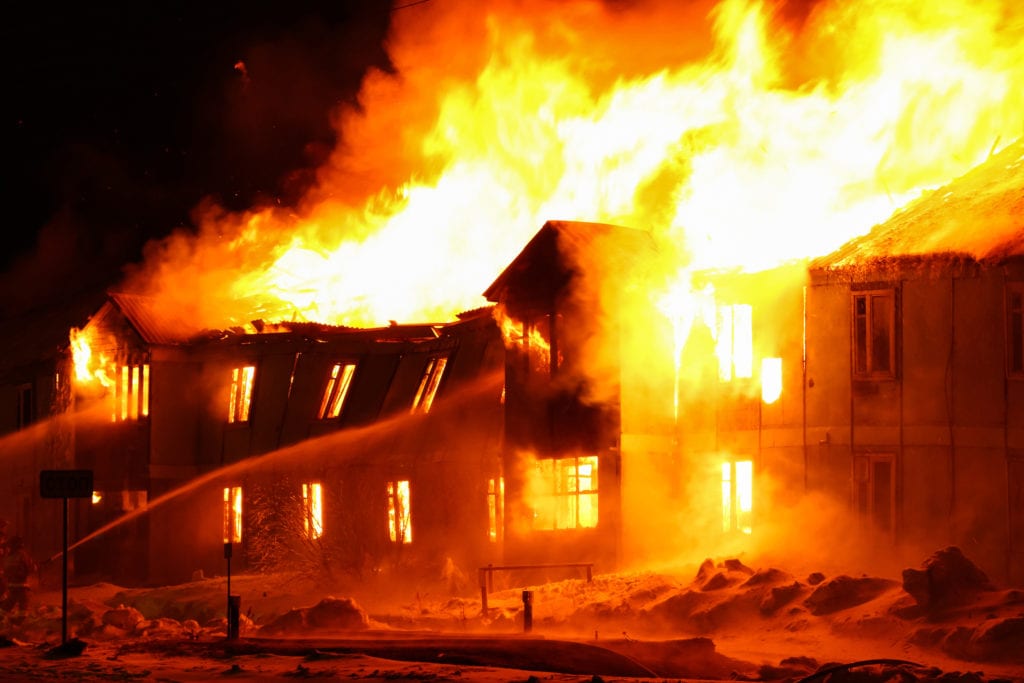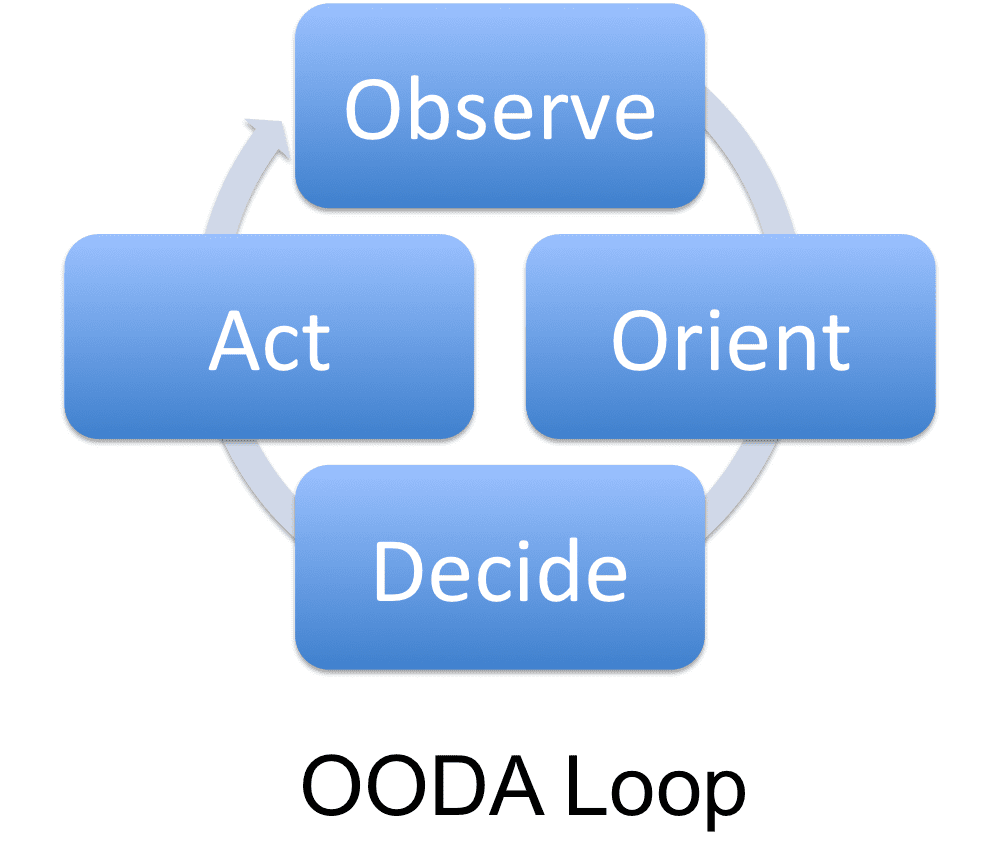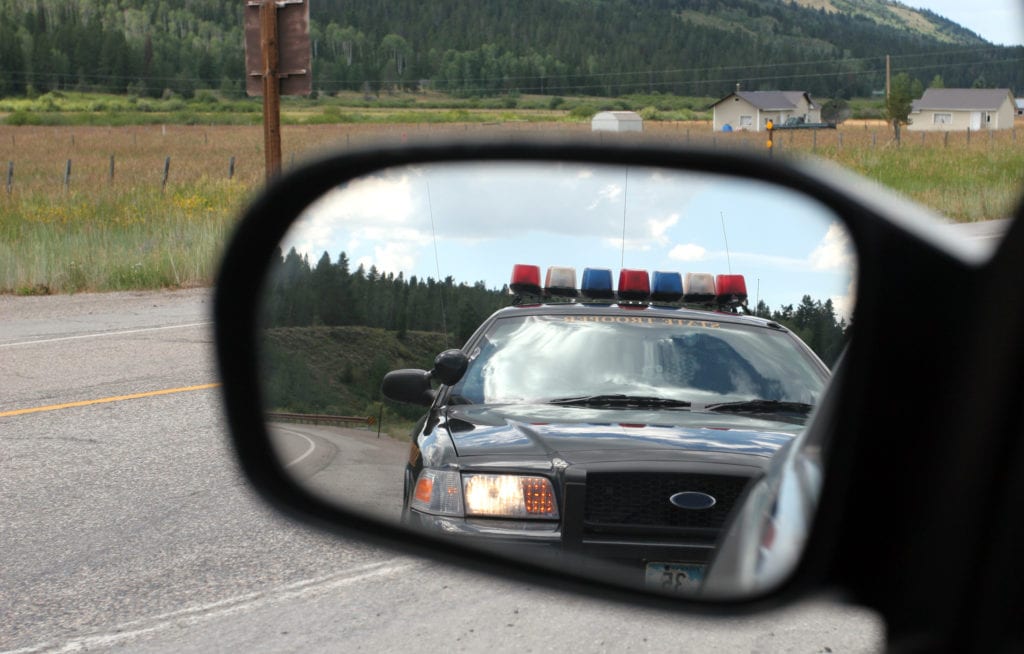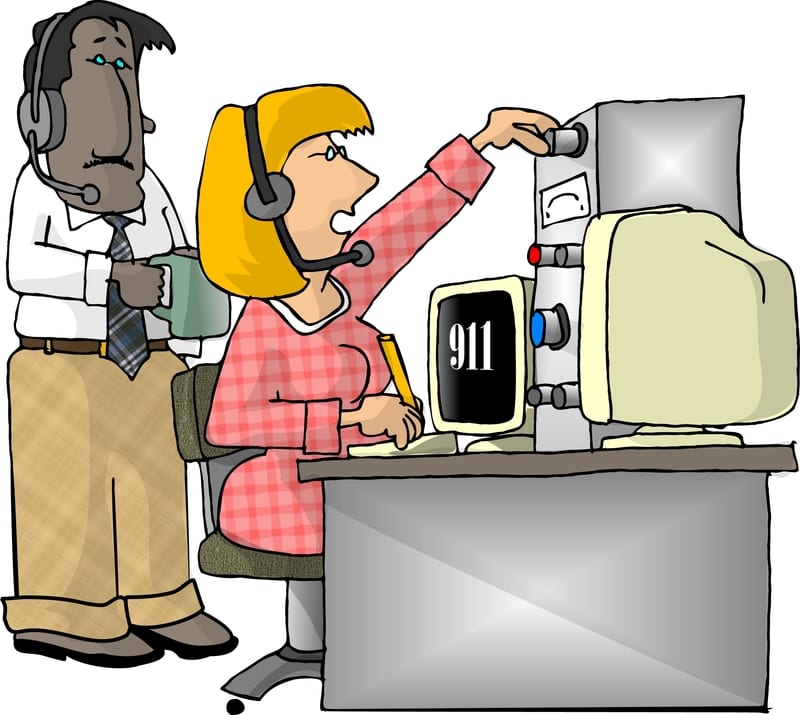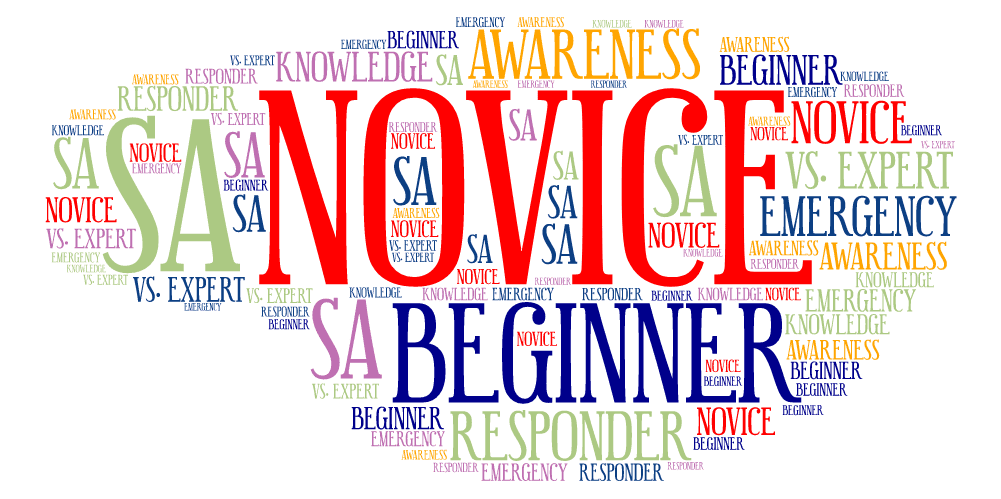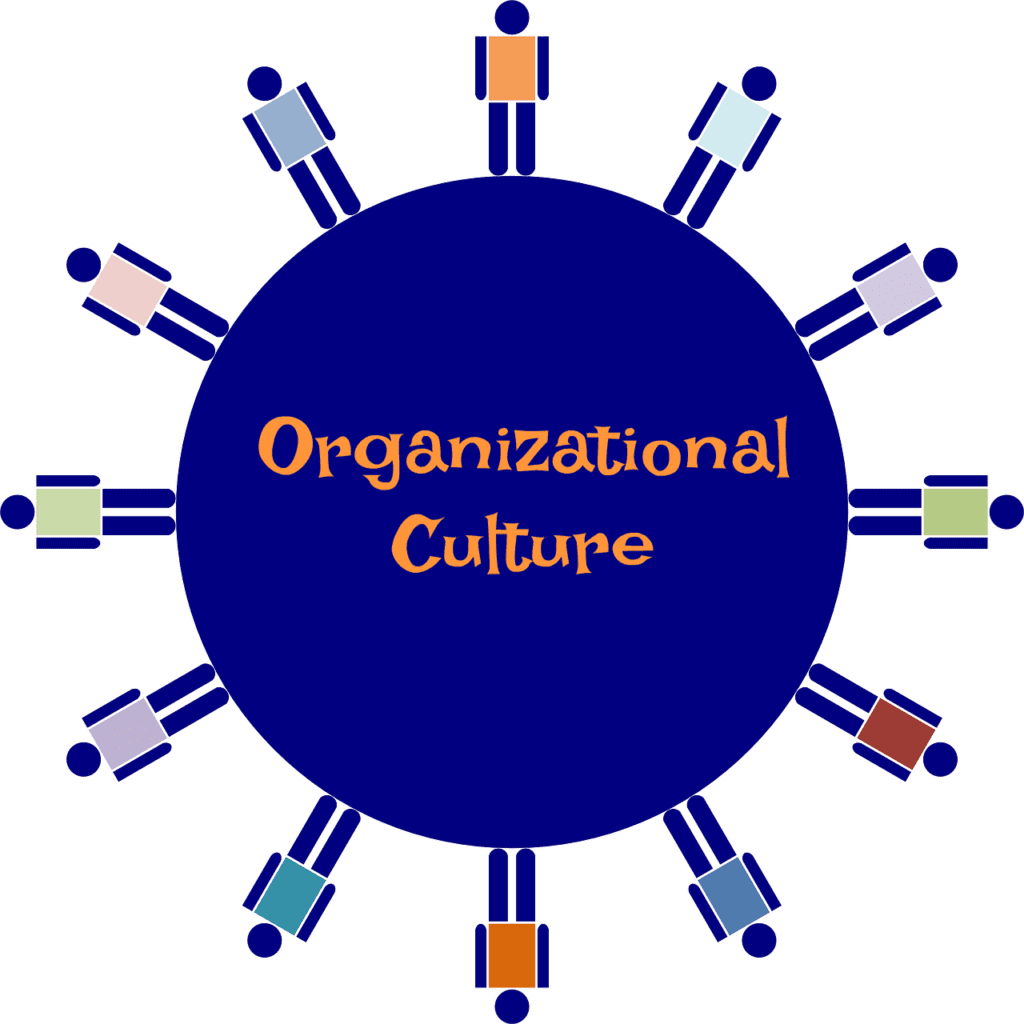Expectations and situational awareness
The ability to develop and maintain situational awareness is a far more complex process than most people realize. I’ve had many responders say to me that as long as they are “paying attention” or “keeping their head on a swivel” or “looking up, down and all around”, they will have strong situational awareness. I truly […]
Expectations and situational awareness Read More »



